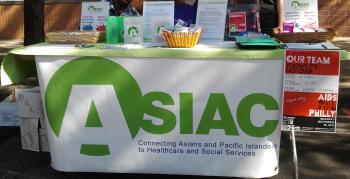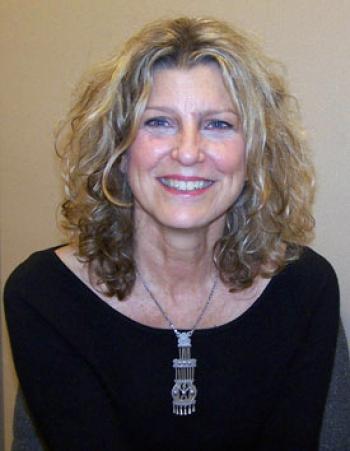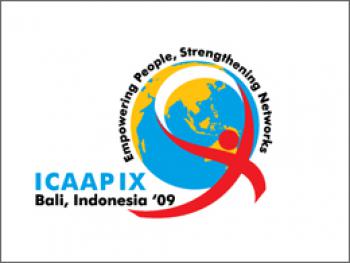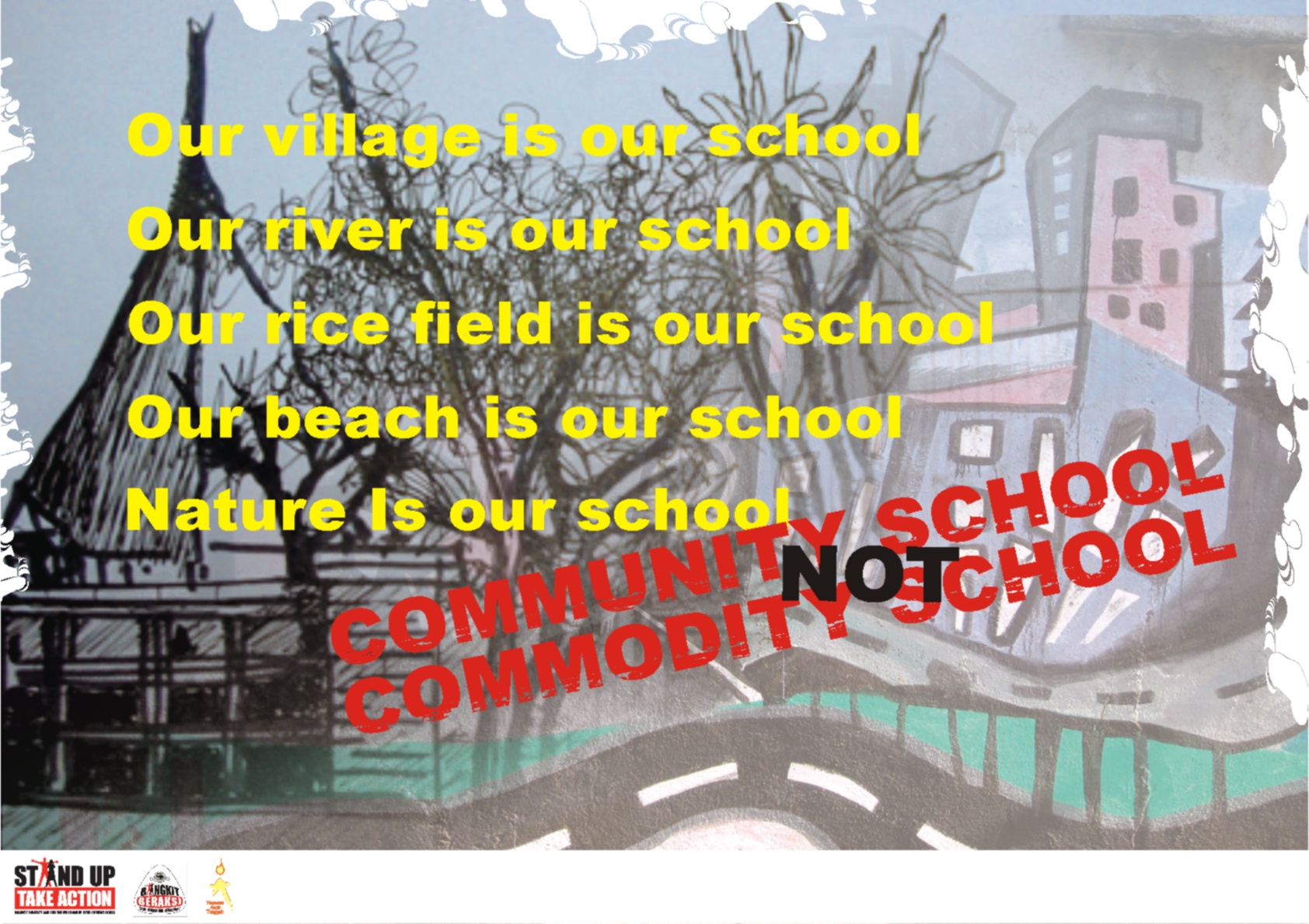Serendip is an independent site partnering with faculty at multiple colleges and universities around the world. Happy exploring!

Final Reflection
It is really hard for me to write this week. Not just because it is cold, or my battery is dying, or because I don’t want to. But because coming here, for the “last time” this semester (I say “last” because I may visit on my own before I leave) forces me to think about how this semester has gone so far. In a way, Rhoads Pond has really reflected the way this semester has gone for me. In the beginning of the year, everything was beautiful. The pond was green and lush, absolutely gorgeous with life. Now, it’s different. Sandy had strewn the pre-existing shrubbery away, leaving a barren and brown landscape. Geese still stay on the water, and the reflections on the ripples are still mystically magnificent, but the tones are duller, muted. That’s how I’ve been feeling as the semester draws to an end.










